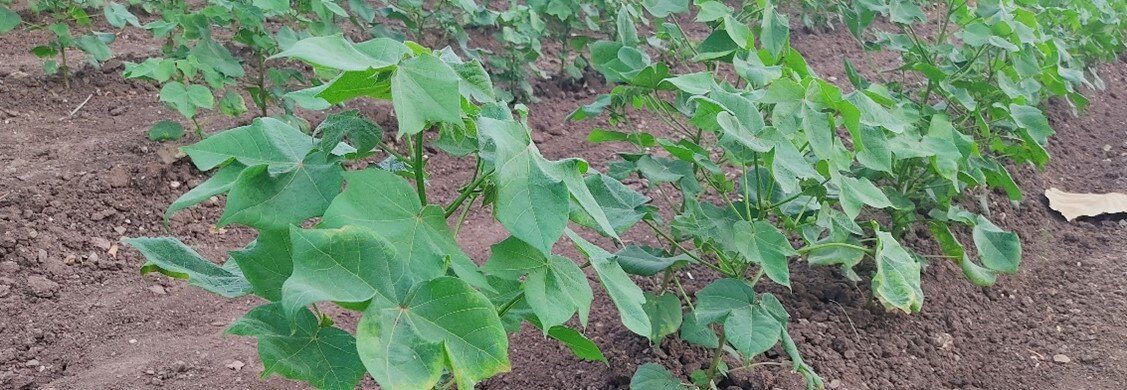The first leaf and petiole samples from Moree have been tested through the BPC Cotton Plant Tissue system. Early results are posing questions about the effect of preplant N management on starting levels of plant tissue N, compared to previous seasons and established critical ranges. Of particular interest is the effect of nitrification inhibitors and reduced preplant N rates on starting petiole N concentrations, to help mitigate losses during the first two in-crop irrigations. Watch this space for commentary on trends and the effect of different N tactics across the season as data accumulates.
The second sampling and subsequent samples will give more valuable insights into the effect of changes in N tactics. Will we need to modify critical ranges to recognise the change in accepted seasonal patterns of petiole N concentration decline? This second sampling and data interrogation will occur around Christmas. BPC lab services suppliers understand the time-critical nature of these decisions and prioritise results with minimum delay (BPC & Lab closures 2023).
When to sample?
The best time to start monitoring nutrient adequacy for cotton crops is between squaring and the first flowers. For a general snapshot of how the plant is coping ahead of peak uptake, submit a leaf blade sample for a full-range analysis. A second window of opportunity to test the plant under maximum nutrient demand is a leaf sample around peak flowers. (Sampling Guide)
Why test petioles?
- Petioles are generally the most N management-responsive option for closely monitoring N or K through scale-up and peak demand (the 4 – 6 weeks after the first flowers).
- Petiole K is a useful tool to schedule K management tactics in fields and areas where K-related early-senescence has been identified in previous seasons.
How can Back Paddock help?
If you are interested in getting involved in this using technology for the first time, contact us! We can help get you set up to use plant tissue testing to help you make more informed in-crop nutrient management decisions (Cotton Plant Tissue Service).
What do our clients say?
“We use petiole testing consistently, for ground truthing the amount of nitrogen we have from soil tests and pre plant nitrogen budgets, It’s fine-tuning and gives confidence we are matching nitrogen to crop potential. In crop, we can make informed decisions on whether we need to increase or reduce rates. Growers have different philosophies about nitrogen management. Petiole tests are the basis for a conversation around this for an informed decision on N top-dressing.”
Health McWhirter, Agricultural Consultant, Summit Ag, Griffith NSW

Where can I learn more?
Watch some short videos on cotton sampling and hunger here.

